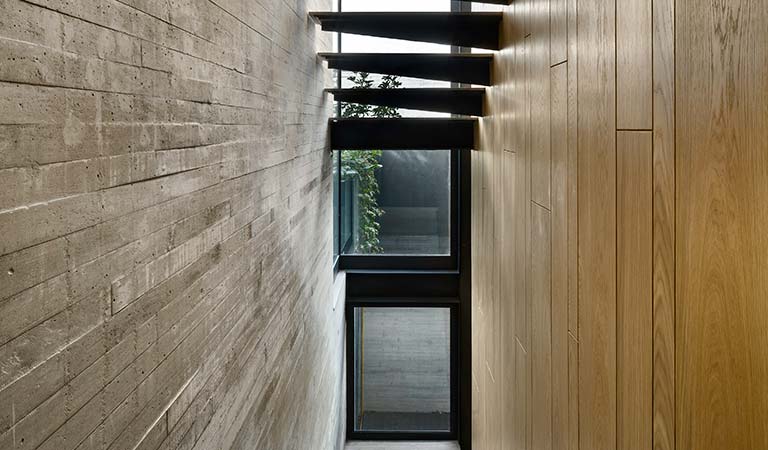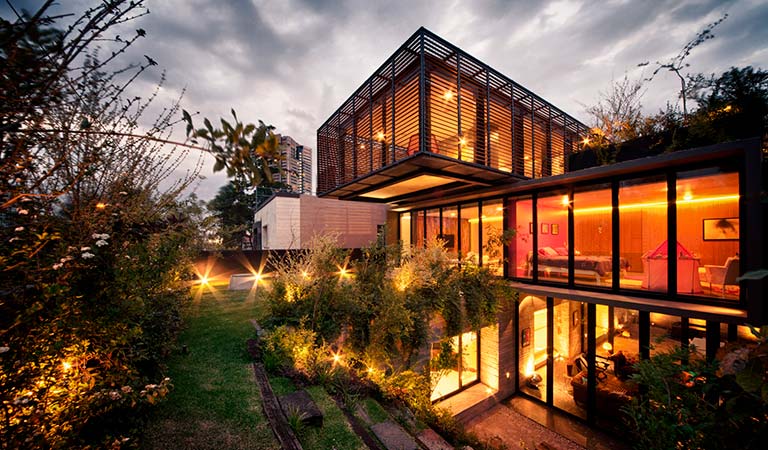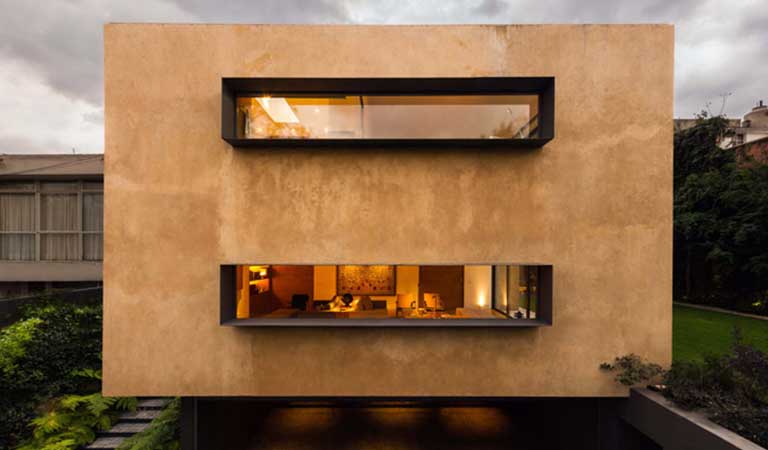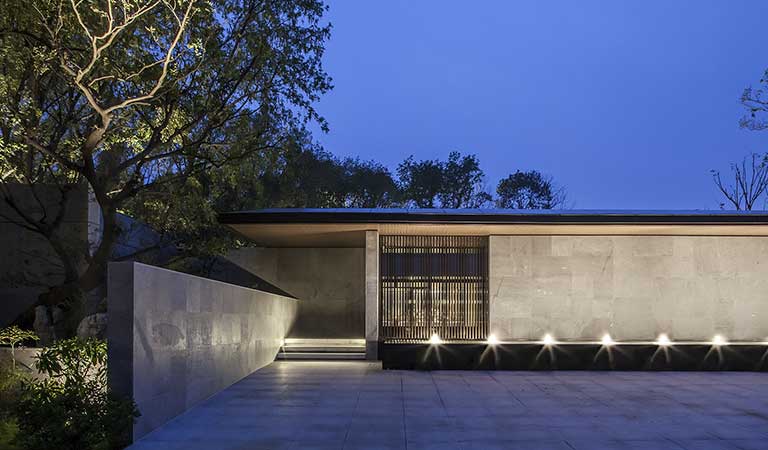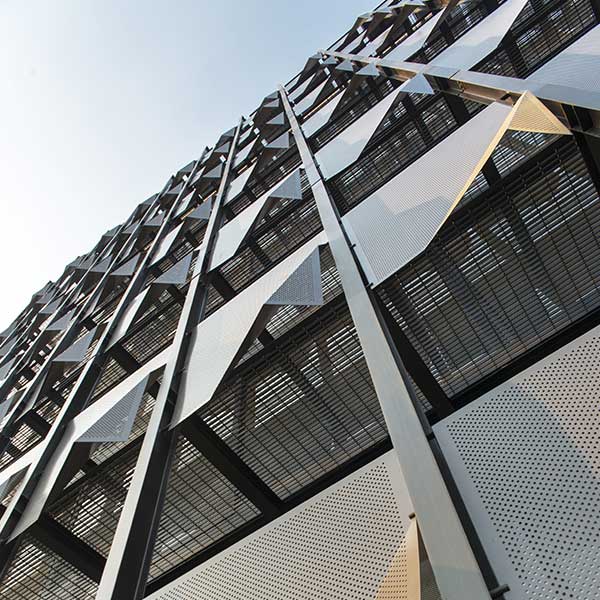This week in our profiles we share with you the conversation we had with Yuri Zagorin, founder of ZD+A. In a very honest and frontal testimony, Yuri guides us through his perspective on architecture and context and how his career resulted in an architecture office that develops their own projects.
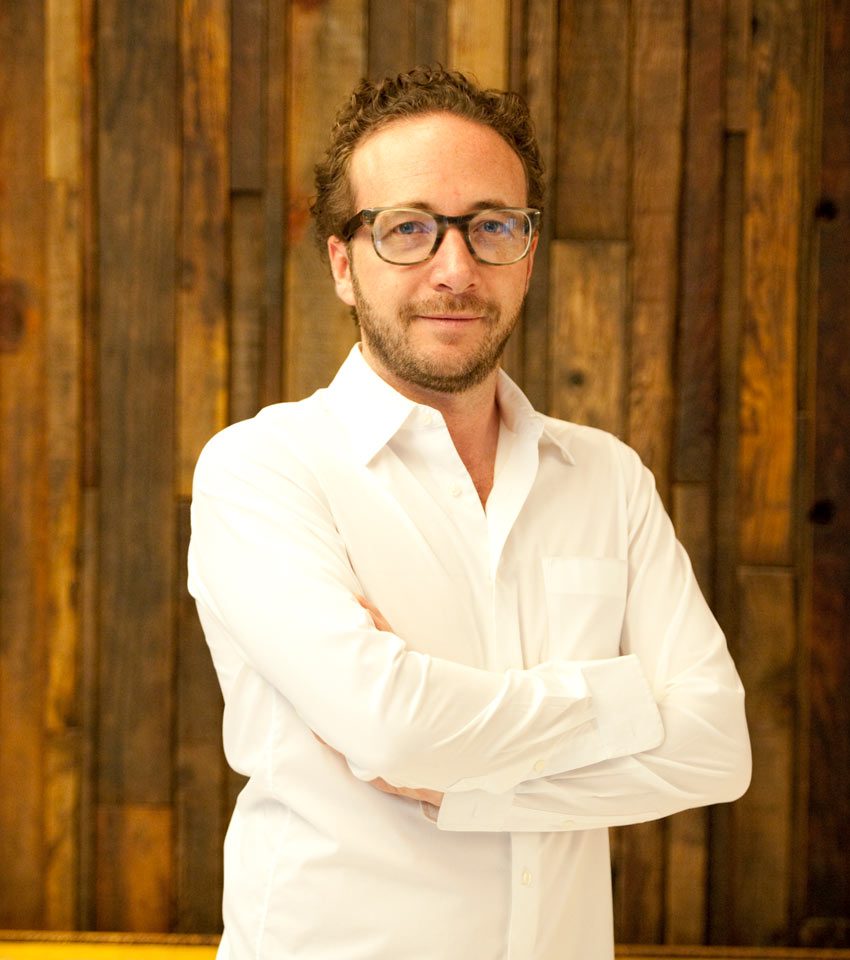
Yuri Zagorin © ZD+A
— Office —
I studied architecture, I love architecture, I consider myself an architect but I’m very disappointed with certain aspects of the profession. And this certain things I started understanding by doing that I didn’t know before. When after school, I went to work in a big office, well first of all school was very eye-opening, very strange for me.
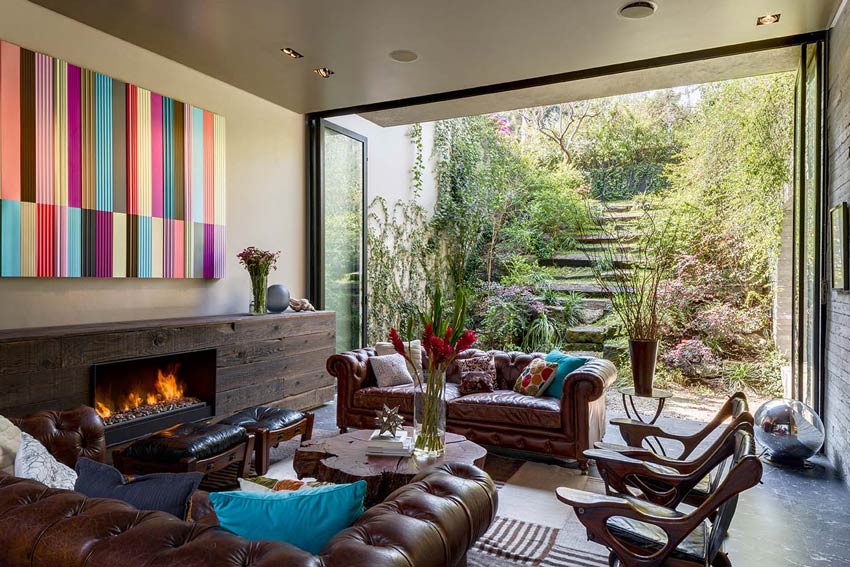
PN house © Rafael Gamo
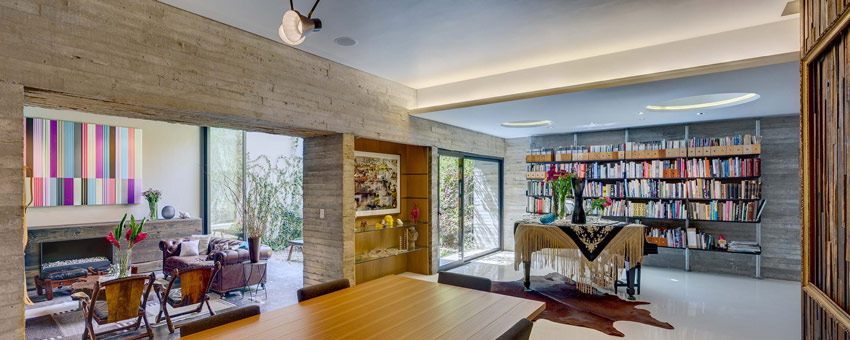
PN house © Rafael Gamo
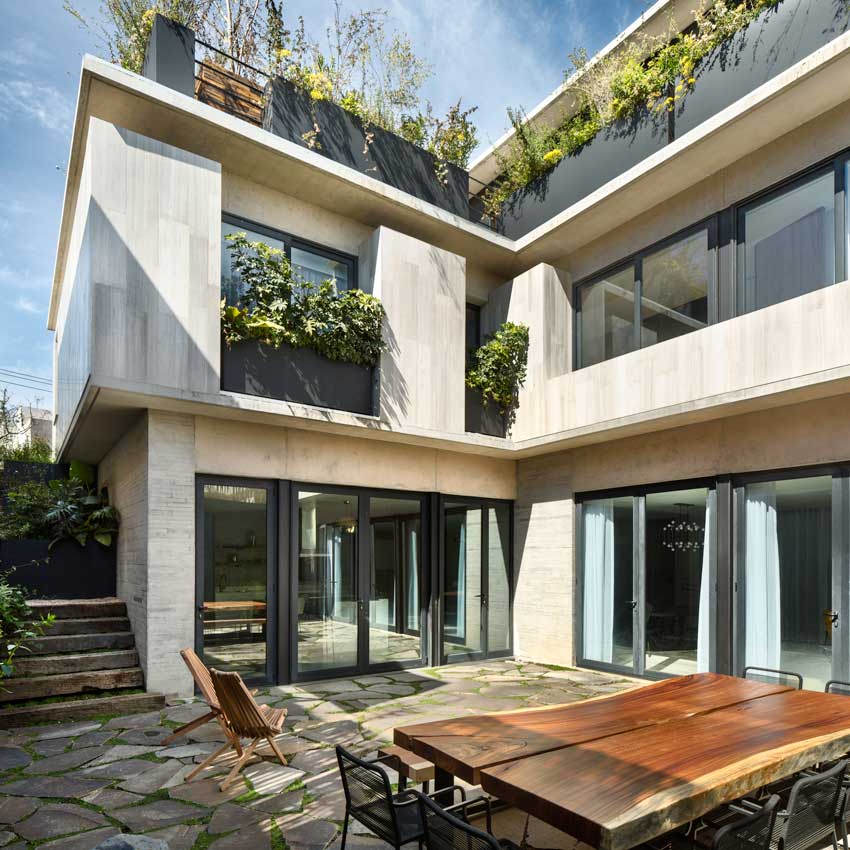
AR 845 house © Rafael Gamo
I went to Columbia in a moment when Bernard Schumi was dean and all the big names were teaching there (…) and I sort of to be perfectly honest, I was not happy at the end of the program. I did not enjoy this starchitects and I guess I lean more towards…and that’s the great thing about Columbia, at least the Columbia I went to, that there were different schools of thought in the same place and you were able to choose…And I always lean more towards a more Frampton, more traditionally modern formation, made more sense to me.
So after that I was a little angry and I went sort of in a rebellious mood, I found work with Robert Stern, which you know is this great post-modern mastermind, like the evil genious of them all. I worked for him for two years, and through which I worked a lot with the developers. And doing this I realized that the developers had a lot of power, and architects were left to make the buildings pretty, and for a modern architect that’s the worst thing you can call an architect, no?! You want to have influence, you want to…You think big, you don’t want to be the…you don’t want to be the house painter, you know, in way.
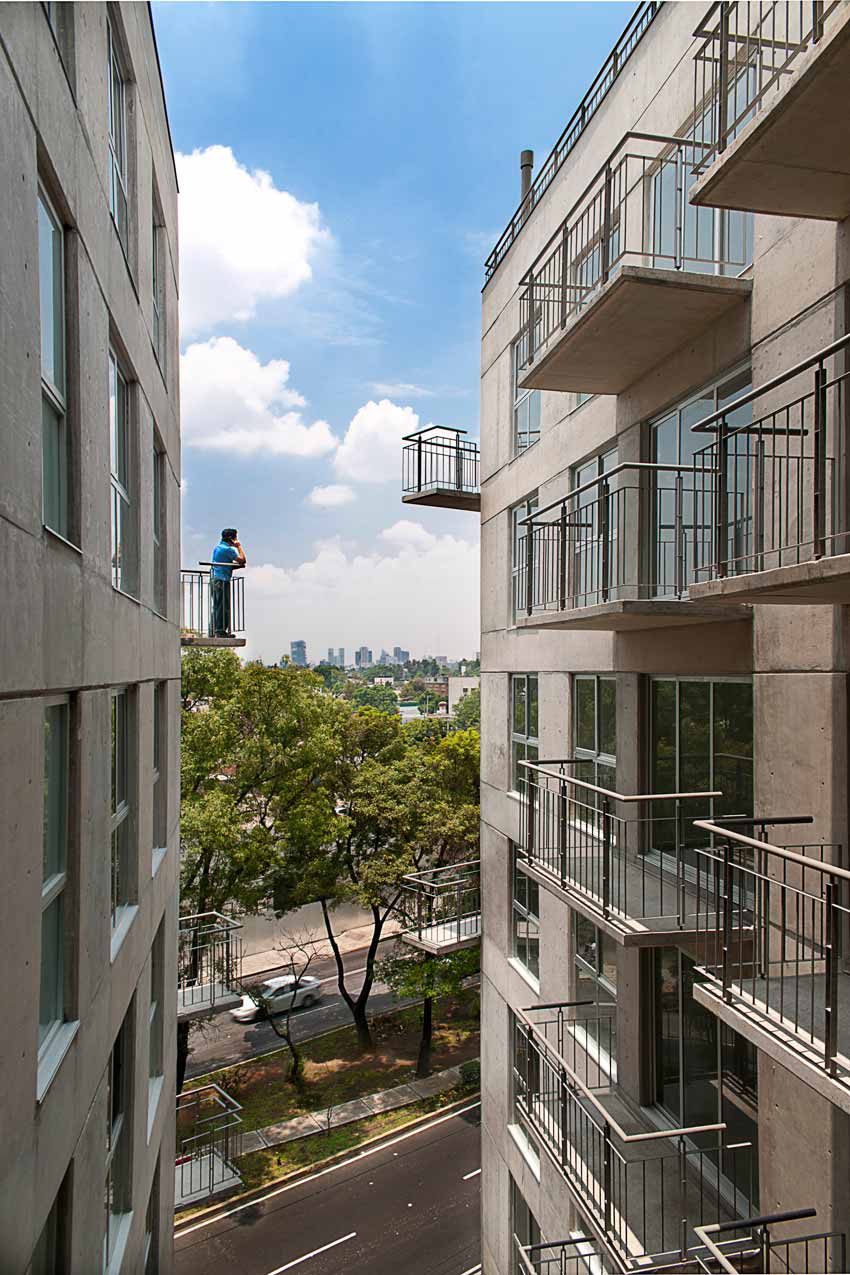
CUI 2314
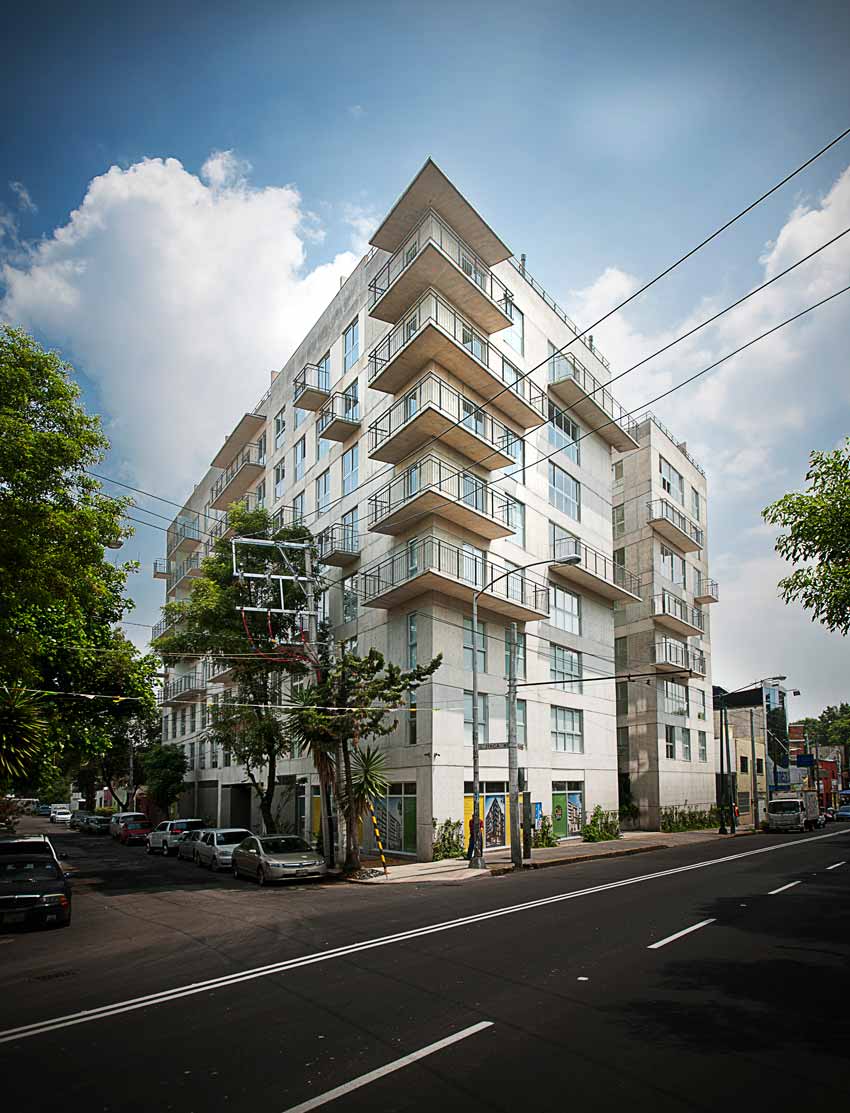
CUI 2314
So I started to get very interested in developing my own projects, and when I started the office in 2000, seventeen years ago I knew that development was going to be a part of what I did and it has been ever since. The office is comprised right know of 4 different areas, development, design, construction, and marketing, and by marketing I mean we sell our own projects. We are very different from other architecture offices in a way, for good and for bad that’s what we’ve become.
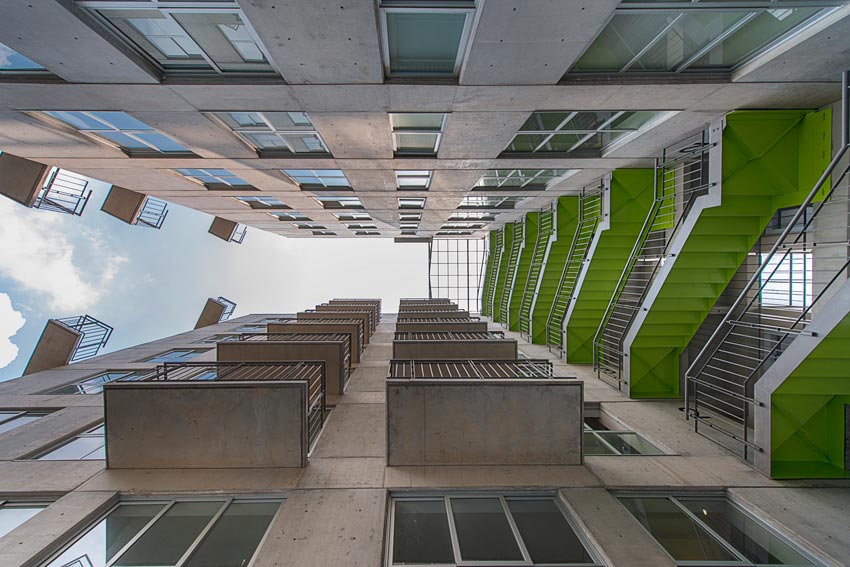
CUI 2314
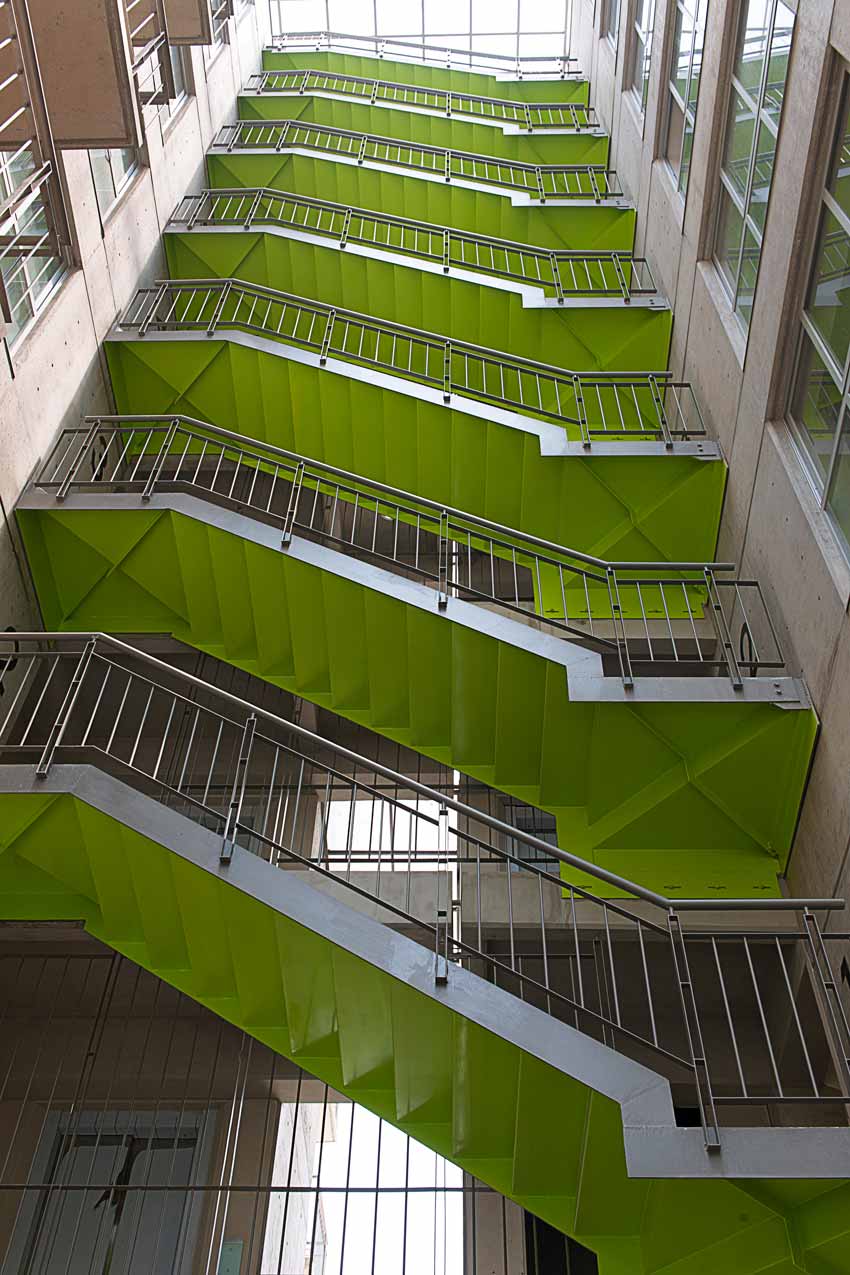
CUI 2314

CUI 2314
— Approach —
I believe in context. I think that context gives you all the information you need. So that’s our first approach.
We have to understand the context, and by that I mean the site, the time and obviously the client.
I like to think of ourselves as critical thinkers.That’s what I try to infuse all our projects with, you know? What are we doing? What are we doing in the long run? What are we doing to the city as a all?
That’s - I guess - another important aspect of our work, we try to think not only from the door towards the inside but from the door towards the outside. How does this building make better city? Does it? I mean, is this building necessary where it’s being built? And it’s difficult.
— Beginning —
Basically how I like to work is, you get all the important components in the table, you get the site and what that entales, the constraints, budget wise, timing and you sort of let the project flow where it wants to be.
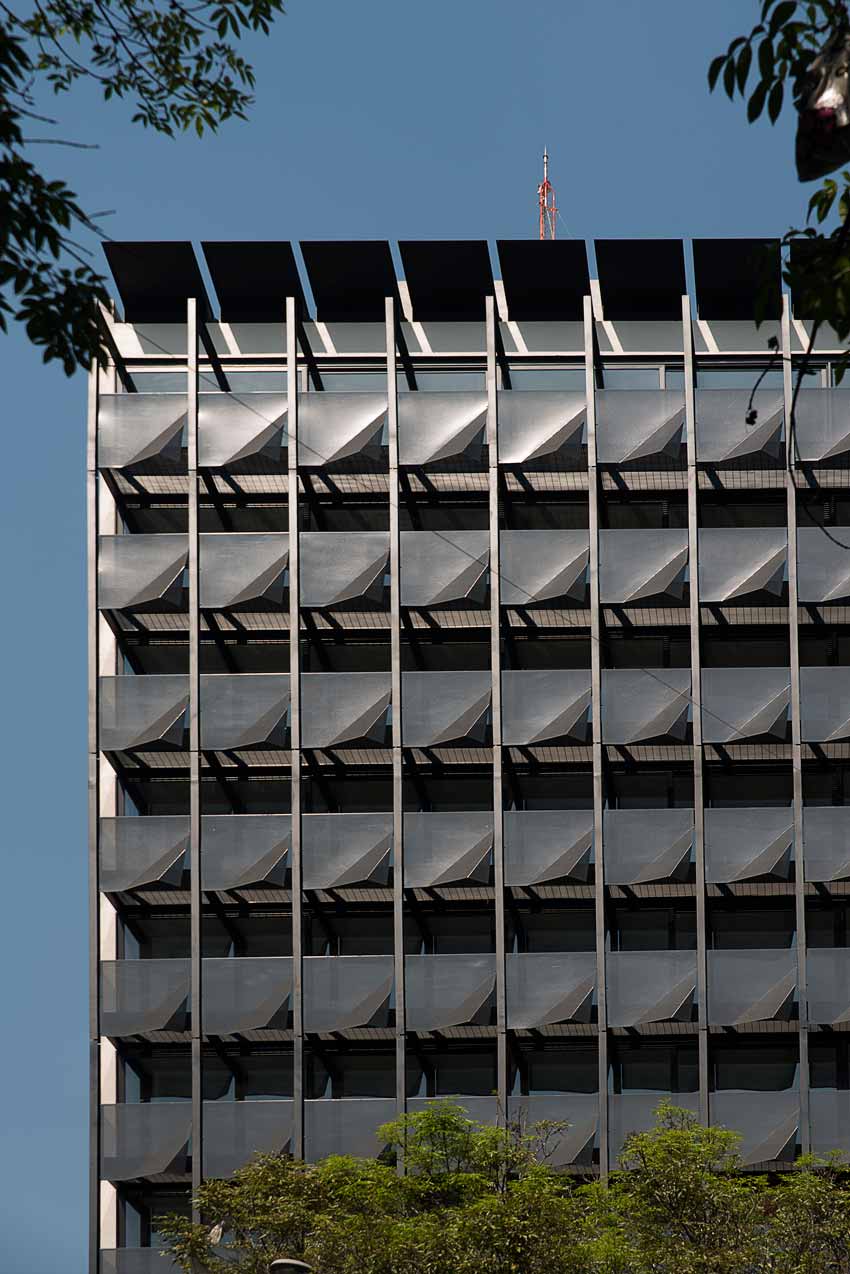
BC 261
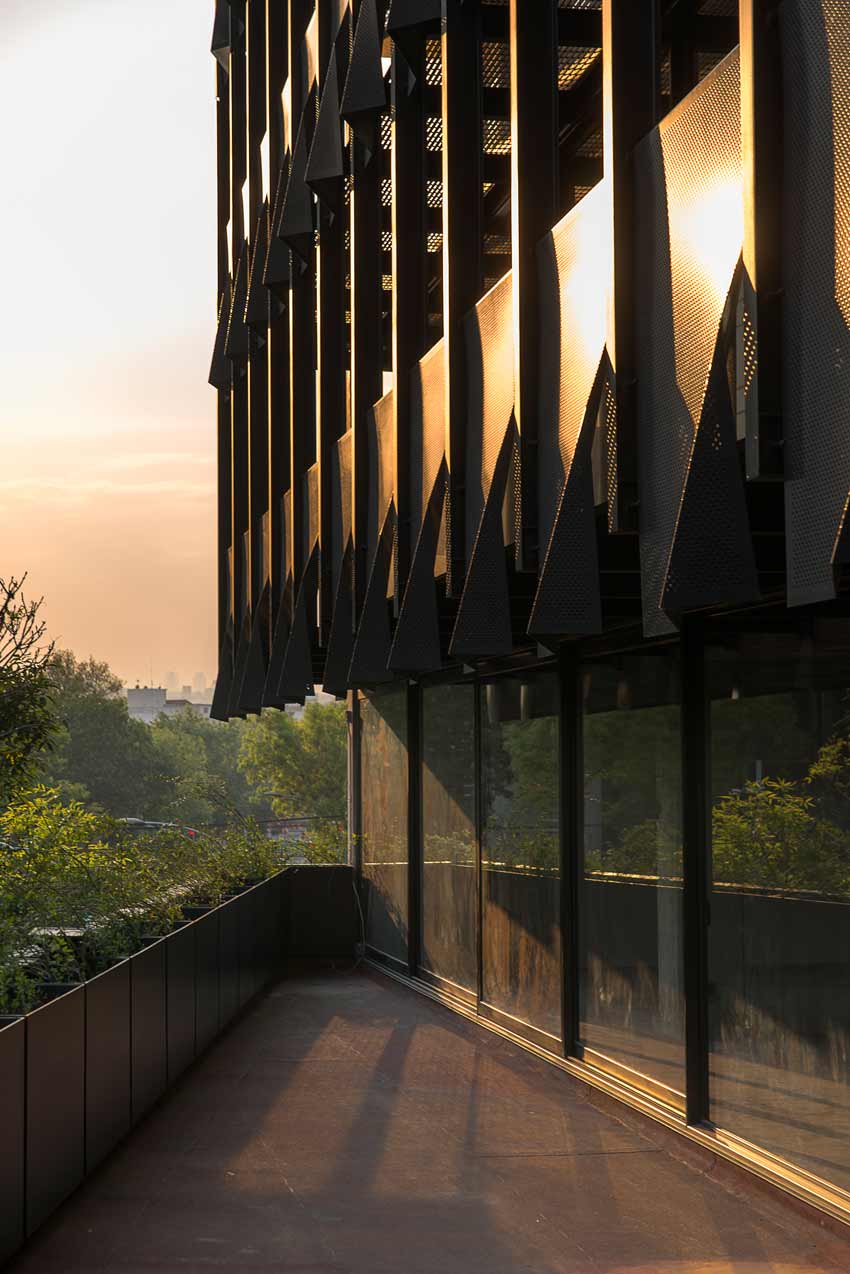
BC 261
I’m thinking of the latest project we are working on and it’s just that, when you understand the limitations of the site and when you understand the limitations of the client and the development and therefor the project almost builds itself.
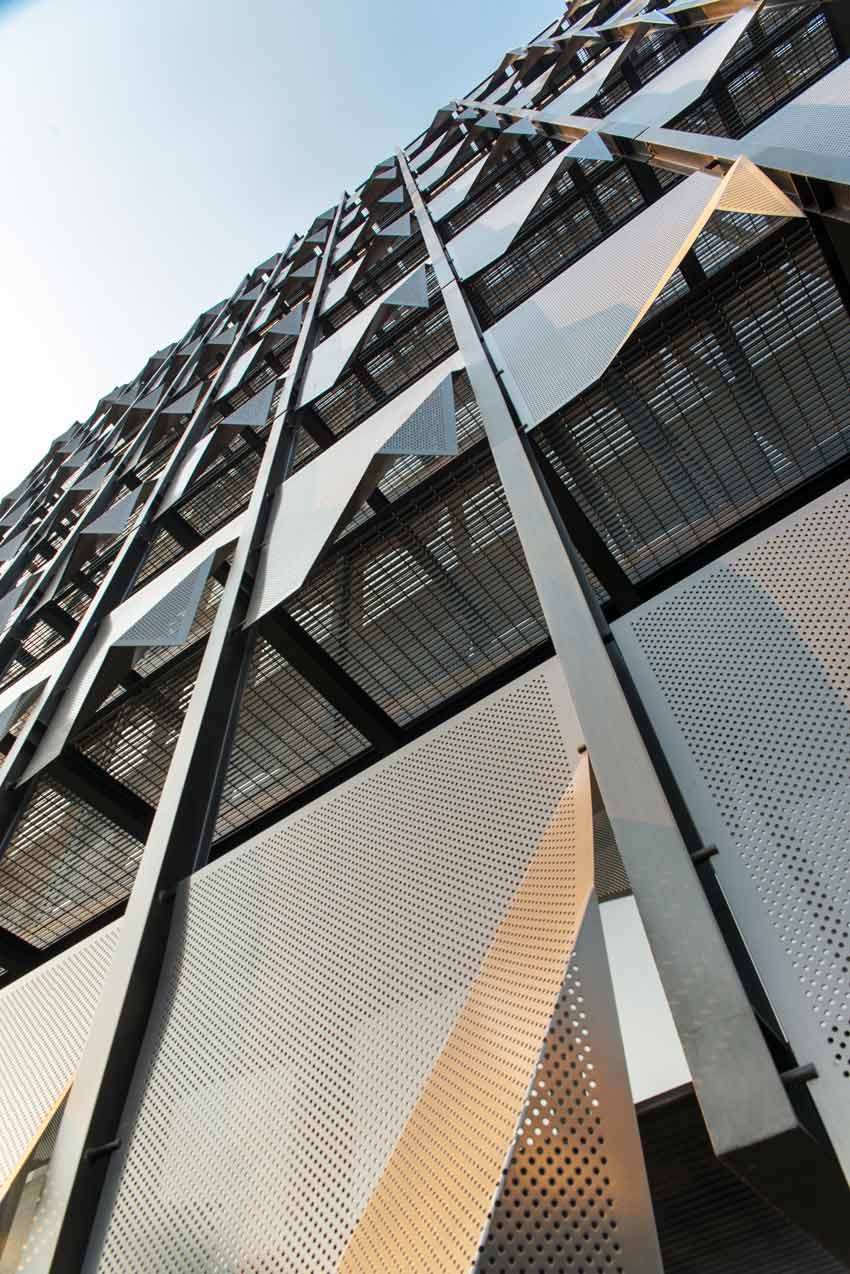
BC 261

BC 261
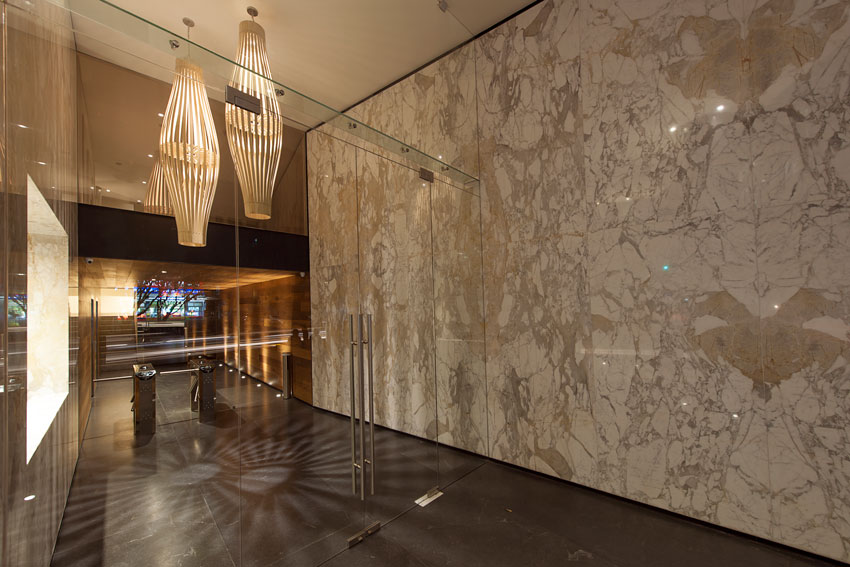
BC 261
Now you have to be very careful to differentiate when I say builds itself, to not avoid responsibility for what you’re designing. Because at the end that’s what we do we’re designers, and I guess designers are not just the ones who answer the questions, but also the ones that know what questions are important to answer.
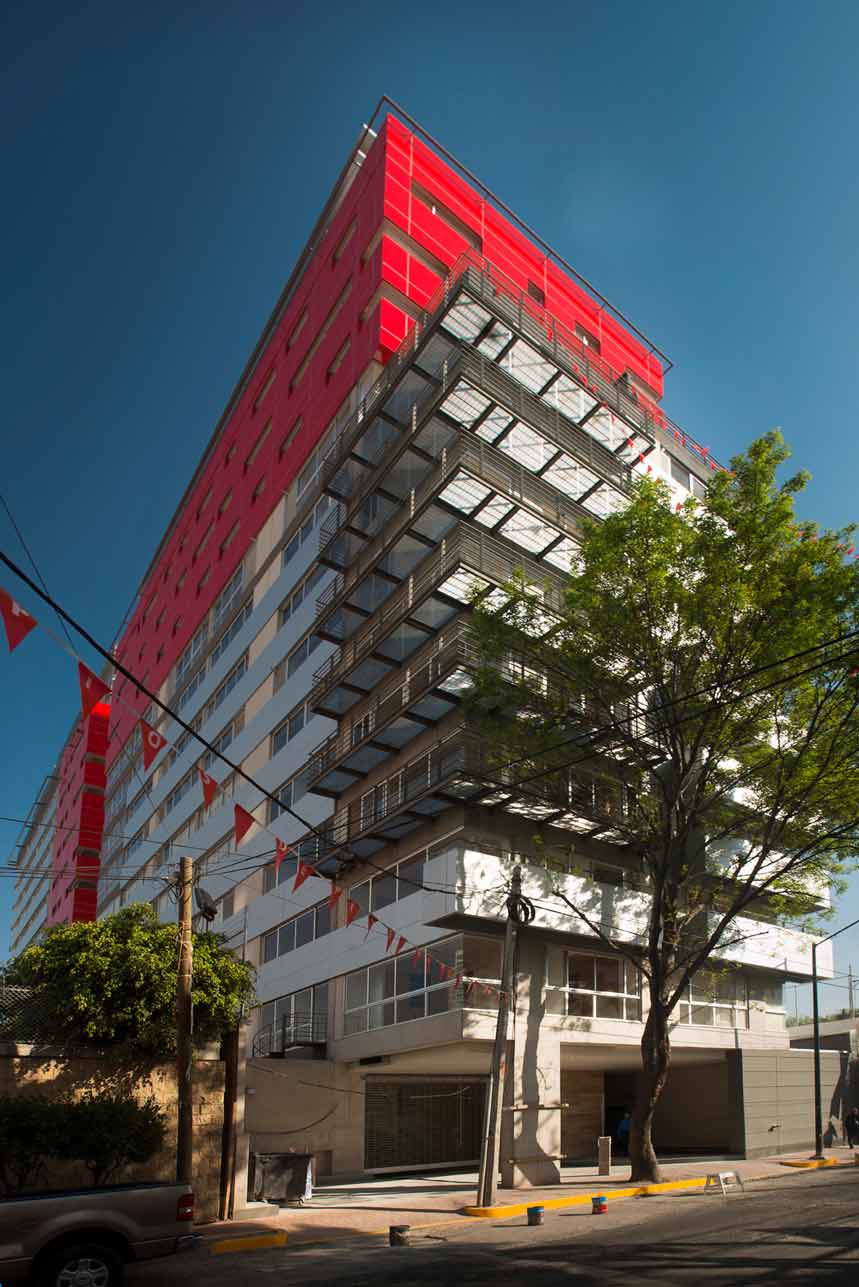
AD 61 © Jaime Navarro
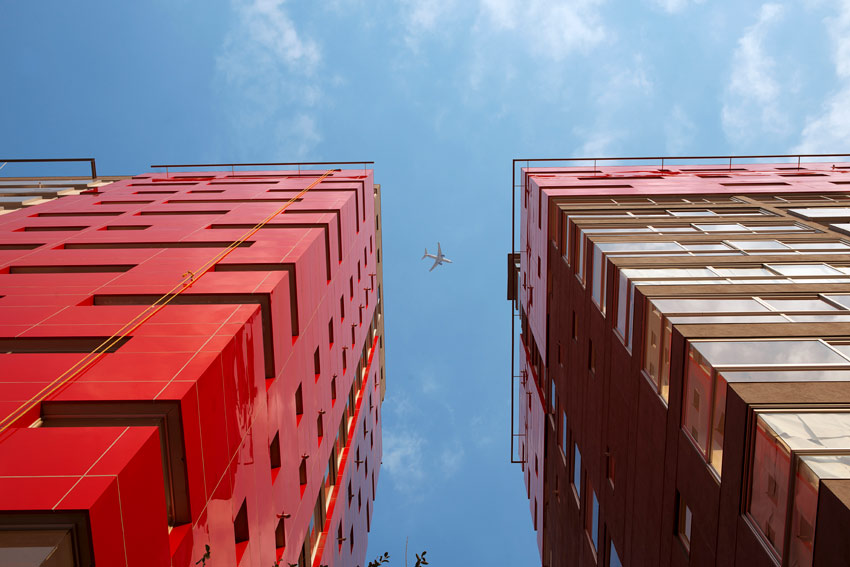
AD 61 © Jaime Navarro
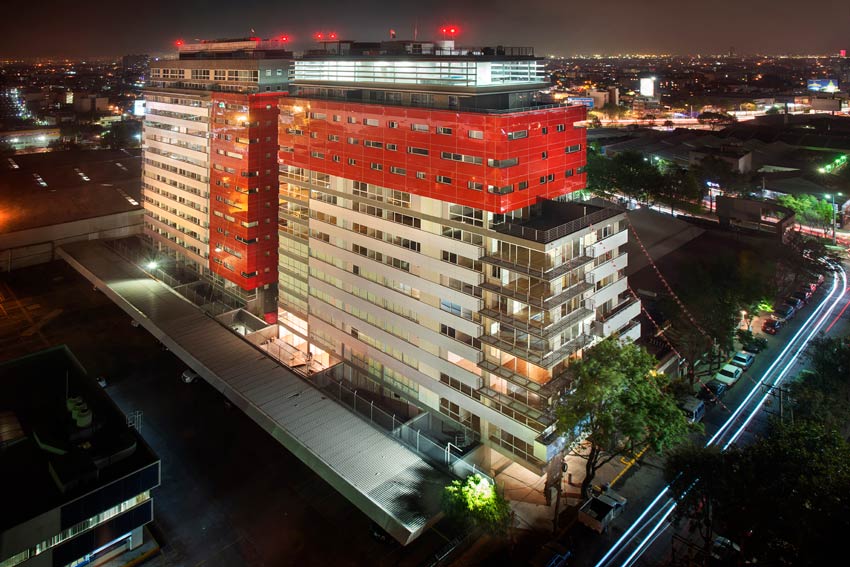
AD 61 © Jaime Navarro
— Material —
I tend to work a lot with concrete lately as a means for the structure. I’m not inventing anything new you know but I think I’m relatively young for an architect, I think you become an architect around your 60’s, but right now I’m working with concrete trying to know it better. And the latest projects I’ve built have been with steel structure. It’s a different logic but I like it as well.
